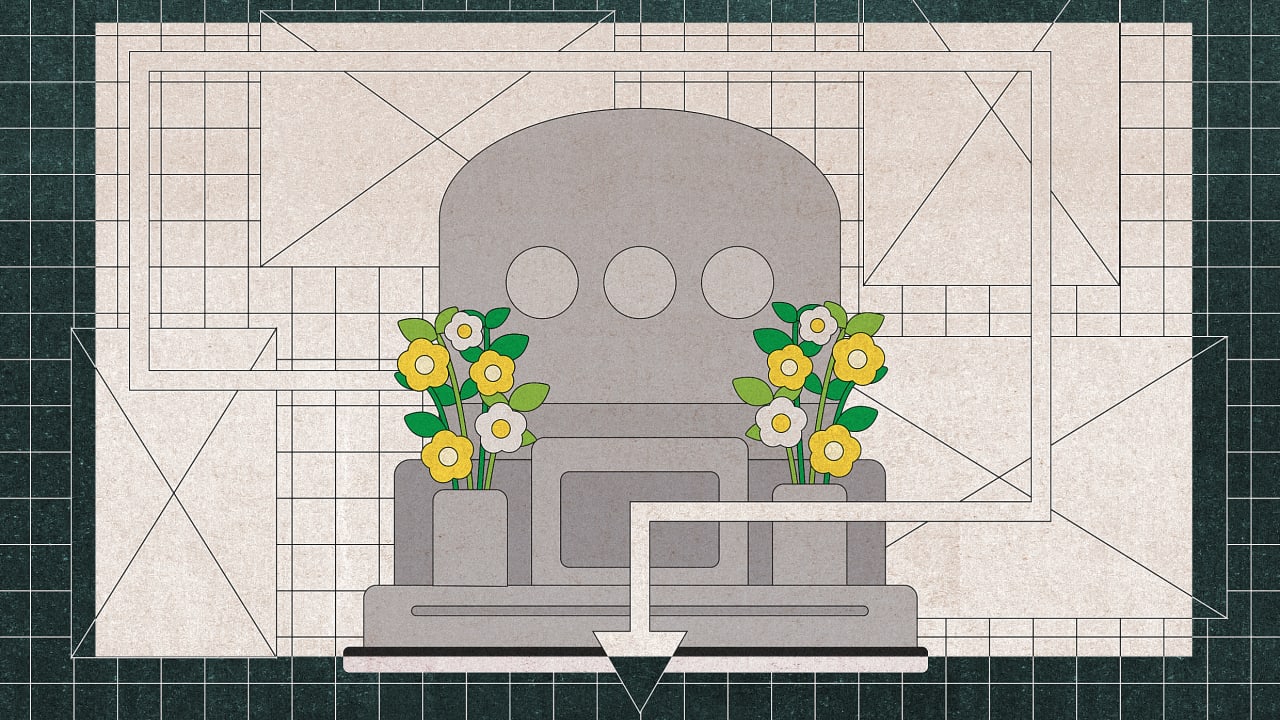Rodents in Urban and Suburban Areas: Understanding the Threat of Mice and Rats in Cold Months
Learn how to identify, prevent, and eliminate rodent infestations during colder months. Discover the risks posed by mice and rats, especially in urban and suburban areas, and explore expert tips for maintaining a rodent-free home.

As temperatures drop, rodents such as mice and rats become more than just a nuisance—they become an active threat to homes, businesses, and health. While these creatures might appear harmless due to their small size, their presence in urban and suburban areas can result in significant structural damage and health risks. Understanding why rodents invade buildings during the colder months and how to prevent them is essential for maintaining a safe and healthy environment.
Why Do Rodents Invade During Winter?
Rodents are highly adaptable animals. In nature, they burrow underground or build nests in warm, sheltered areas. However, during colder months, their usual shelters become inhospitable. As a result, they seek warmth, food, and water inside human habitats.
Urban and suburban homes offer ideal environments: steady warmth, abundant food scraps, and plenty of hiding spots in attics, basements, crawlspaces, and wall voids. Because of this, fall and winter are peak seasons for rodent infestations.
Common Rodents Found Indoors
In Delaware and similar regions, two species dominate:
-
House mice (Mus musculus) – Small, light brown to gray rodents that can squeeze through holes as small as a dime.
-
Norway rats (Rattus norvegicus) – Larger, brownish rats that prefer ground-level or underground burrows and are often found in basements or foundations.
Both species reproduce rapidly and can build entire colonies in hidden areas of a building if left unchecked.
Health Risks Associated with Rodents
One of the most alarming aspects of a rodent infestation is the range of health risks they pose. Rodents are carriers of various diseases and parasites that can be transmitted to humans through:
-
Direct contact with urine, droppings, or saliva.
-
Contaminated food or surfaces.
-
Bites from fleas or ticks carried by the rodents.
Some of the serious diseases associated with rodents include:
-
Hantavirus – Contracted through inhalation of dust contaminated with rodent urine or feces.
-
Salmonella – Caused by consuming food contaminated with rodent droppings.
-
Leptospirosis – Spread through rodent urine, potentially causing liver and kidney damage.
-
Rat-bite fever – A rare but serious bacterial infection spread through bites or scratches.
-
Plague – Though extremely rare, it is historically known to spread via fleas from rats.
Allergies and asthma can also be triggered or worsened by rodent infestations due to their dander and droppings.
Structural and Property Damage
Rodents are notorious chewers. Their strong teeth grow continuously, so they gnaw on almost anything to keep them filed down. This behavior leads to extensive damage:
-
Electrical wiring – Rodents chew on wires, increasing the risk of short circuits and house fires.
-
Insulation – Nesting activity can destroy insulation in attics and walls, reducing energy efficiency.
-
Drywall and wood – Mice and rats tunnel through building materials to expand their territory.
-
Stored belongings – Clothing, papers, and boxes can be shredded for nesting material.
The longer an infestation is allowed to persist, the more costly the repairs can become.
Signs of a Rodent Infestation
Detecting a rodent problem early is key to minimizing damage. Here are common signs:
-
Droppings – Small, dark, rice-shaped pellets in cabinets, along baseboards, or near food sources.
-
Gnaw marks – Fresh chew marks on furniture, wiring, or food packaging.
-
Noises – Scratching, scurrying, or squeaking sounds in walls or ceilings, especially at night.
-
Nests – Made from shredded paper, fabric, or insulation, usually hidden in warm, dark areas.
-
Grease marks – Rodents follow the same paths, leaving greasy trails along walls and surfaces.
-
Footprints or tail marks – Visible in dusty areas such as basements or attics.
-
Unusual pet behavior – Pets may bark, paw, or stare at walls or under appliances if they sense rodents.
How to Prevent Rodent Infestations
The best rodent control is prevention. With some proactive steps, you can significantly reduce the chances of an infestation.
1. Seal Entry Points
Mice can squeeze through holes as small as a dime, and rats need only a quarter-sized opening. Inspect your home for gaps and seal:
-
Cracks in the foundation
-
Openings around utility lines
-
Gaps beneath doors and windows
-
Vents and chimneys (use mesh screening)
Use steel wool, caulk, or metal flashing for effective sealing.
2. Maintain a Clean Environment
Rodents are attracted to food and shelter. Good sanitation makes your space less appealing.
-
Store food in airtight containers
-
Clean up crumbs and spills promptly
-
Take out garbage regularly and use tight-fitting lids
-
Keep pet food sealed and avoid overnight feeding
-
Declutter storage areas to remove potential nesting sites
3. Eliminate Outdoor Attractions
Yard maintenance also plays a role in prevention.
-
Trim shrubs and tree branches away from the house
-
Keep firewood and debris piles far from the structure
-
Fix leaky faucets and eliminate standing water
-
Seal trash bins and compost containers securely
4. Install Rodent Deterrents
Consider using deterrents such as:
-
Ultrasonic repellents – Emit high-frequency sound waves that deter rodents
-
Natural repellents – Peppermint oil, ammonia, or vinegar may help discourage entry
-
Traps – Snap traps or live traps can control minor invasions
Safe and Effective Rodent Removal
If prevention fails and rodents have already entered, safe removal becomes the priority. DIY traps can be effective for small infestations, but larger colonies require more intensive action.
Integrated pest management (IPM) is the safest and most effective approach. It involves:
-
Identifying the species and infestation level
-
Blocking entry points
-
Strategically placing traps or baits
-
Monitoring and follow-up to ensure complete removal
Handling infestations improperly—especially with poison—can result in dead rodents in inaccessible places, foul odors, or unintended harm to pets and children.
When to Call a Professional
While minor problems can be tackled with DIY solutions, professional help is often necessary when:
-
Rodents are seen frequently during the day (a sign of a large population)
-
Droppings or damage are found in multiple areas of the home
-
You’re unsure where the rodents are entering or nesting
-
Odors or health symptoms indicate unseen contamination
Professionals have the expertise, tools, and experience to address infestations thoroughly, preventing repeat problems and safeguarding your property.
Final Thoughts
Rodents like mice and rats may seem like small wintertime invaders, but their impact is anything but minor. From spreading disease to causing expensive structural damage, they pose serious threats to homes and businesses throughout colder months—especially in urban and suburban settings where shelter is easily accessible.
Understanding the risks, recognizing early warning signs, and taking preventive measures are key to protecting your space. When in doubt, don’t hesitate to consult a pest control expert to ensure a safe and rodent-free environment.








































































![https //g.co/recover for help [1-866-719-1006]](https://newsquo.com/uploads/images/202506/image_430x256_684949454da3e.jpg)

























![[PATREON EXCLUSIVE] The Power of No: How to Say It, Mean It, and Lead with It](https://tpgblog.com/wp-content/uploads/2025/06/just-say-no.jpg?#)

























































